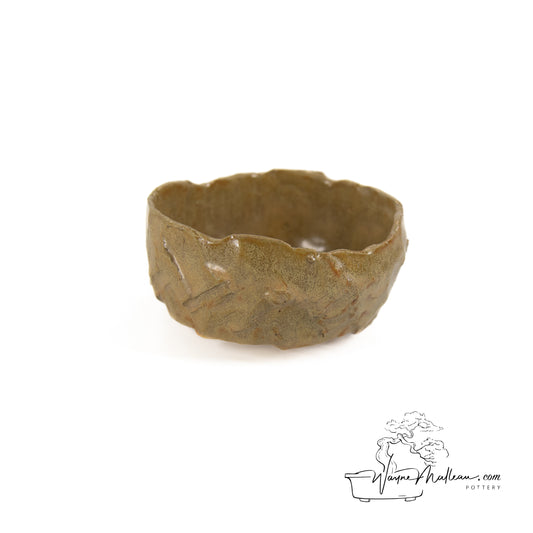sadō (茶道) / the way of tea
sadō, is a beautiful and thoughtful way of preparing and serving tea. It's not just about drinking tea; it's a meditative practice that emphasizes harmony, respect, purity, and tranquility.
a tea setting is usually a simple, tranquil space that highlights natural beauty, creating a peaceful atmosphere where people can relax and connect.
to reflect on the changing seasons, to celebrate nature’s beauty.
sadō should be a serene experience that encourages mindfulness and appreciation of simplicity, making it a cherished tradition in Japanese culture.
-
 Sold out
Sold out240319144 - teabowl for tea ceremony
Regular price $85.00 CADRegular priceUnit price / per
yunomi (湯飲み) / teacup vs / chawan (茶碗) / teabowl
湯 Yu - meaning "hot water
飲み - Nomi - meaning to drink
The best English language equivalent is maybe "cup" or possibly even "hot beverage cup". Nowhere In yunomi 湯飲み do we find this Kanji character 茶, meaning tea. Chawan 茶碗 , the Kanji character 茶 means tea.

